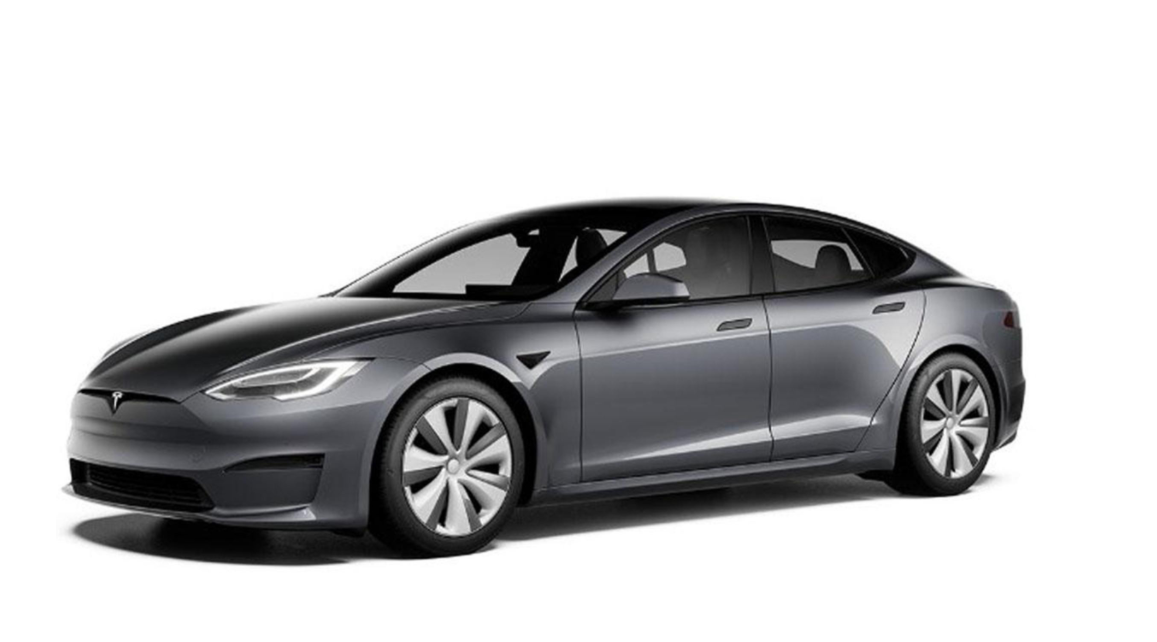
In accordance with its ambition to reach carbon-neutral production by 2035, Neste is working on a 120 MW electrolyzer project to produce renewable (i.e. green) hydrogen at its Porvoo refinery in Finland. The company has now decided to proceed to the basic engineering phase with the project.
The investment decision readiness is expected to be reached in early 2024. If an investment decision is made, green hydrogen production could start in 2026.
By 2028, automakers in the United States will use Over-the-Air (OTA) update capabilities to save US$1.5 billion by remotely implementing fixes to product recalls. According to global technology intelligence firm ABI Research, performing these legally required software updates in-person costs OEMs half a billion dollars annually.
Vehicle recalls due to faulty software are becoming more common as software grows in complexity and becomes more deeply integrated into safety-critical functions. In 2022, nearly 10 million cars were recalled in the United States due to software-related issues, with nearly half of these requiring the software to be updated by a car dealer. These recalls will continue to become more prevalent as cars transition toward software-defined vehicles (SDVs), so the capability to remotely repair faulty software without the cost or inconvenience to the customer of in-person updates will be essential for OEMs.
—Dylan Khoo, Smart Mobility & Automotive Analyst at ABI Research
Tesla is the current leader in this space and has never required an in-person software update for a recall. GM is another strong performer, virtually recalling 98% of affected vehicles since 2021; its focus on OTA capabilities is likely due to its historical experiences. Its 2016 recall of 3.6 million vehicles due to faulty airbag sensing software was one of the largest in history. Product recalls such as this are unpredictable, disrupt operations, and damage brand reputation.
Although most new cars can now receive OTA updates, many OEMs still lack the in-vehicle architecture to update software in all domains. For example, in 2022, Toyota recalled more than 500,000 cars for software-related reasons, none of which were fixed remotely despite being from recent model years and regularly receiving updates for their infotainment head units.
The capability for OEMs to roll out software patches remotely through OTA updates will reduce the cost of implementing fixes but also heavily mitigate the risk of recalls in other ways. OEMs with this option can centrally manage their vehicles on the road and push updates to the cars that need them, ensuring that they remain compliant and that none are missed. This can all be done without intervention from the drivers, improving their experience.
OTA updates will be essential for automakers and an important source of revenue as they are key enablers for providing cutting-edge digital experiences and autonomous driving features. But there is also a strong business case for remote updates from cost savings available in the short term. In 2023 OEMs are expected to save nearly US$500 million from OTA recalls in the United States, but revenues from OTA subscriptions will only be around US$100 million. To remain competitive, OEMs must embrace OTA software updates and be capable of using them throughout the vehicle.
—Dylan Khoo
These findings are from ABI Research’s Automotive Over-the-Air Updates application analysis report. This report is part of the company’s Smart Mobility & Automotive research service, which includes research, data, and analyst insights.